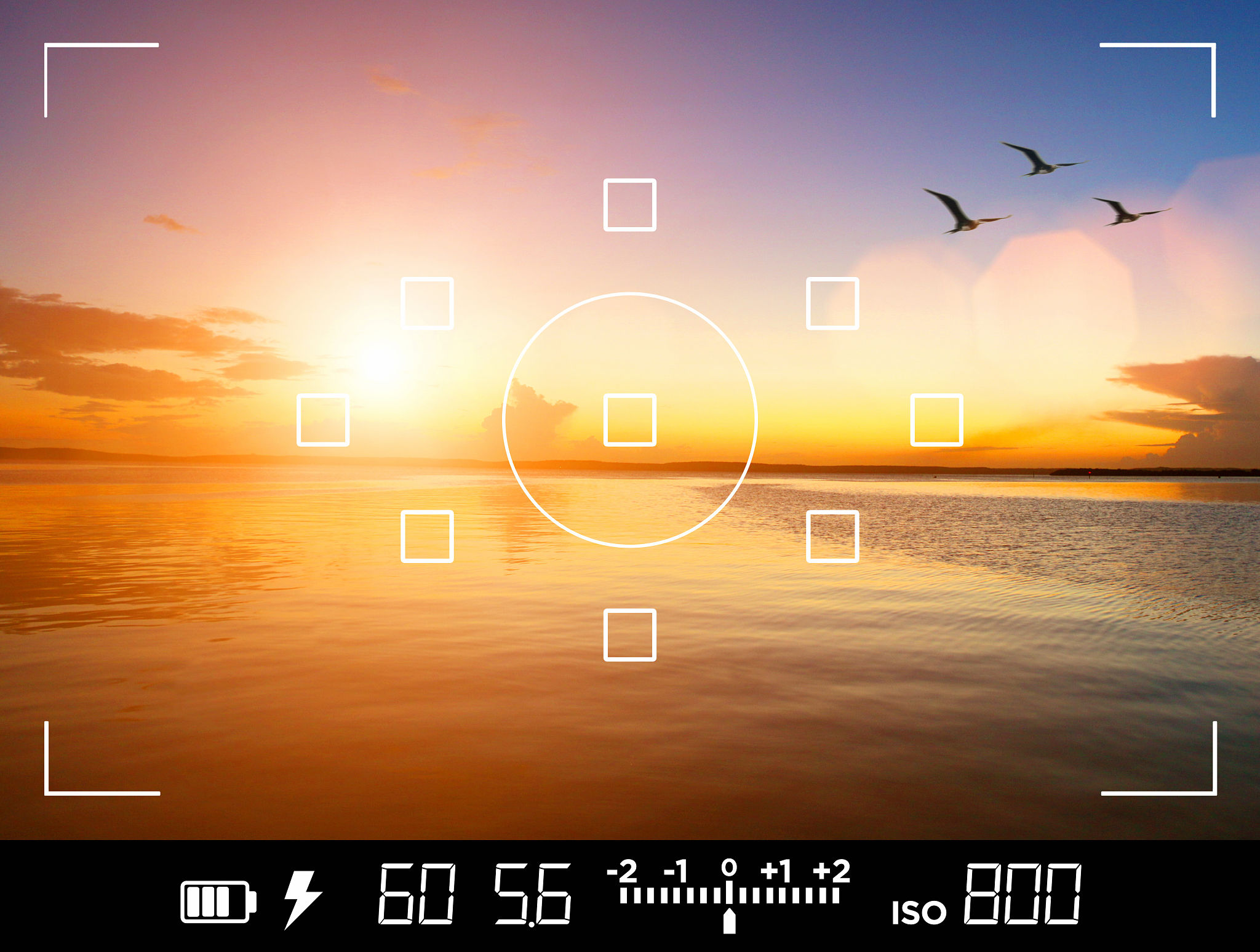Understanding the Basics of Camera Settings: A Beginner's Guide
Introduction to Camera Settings
Photography is an art form that combines creativity with technical skills. Understanding your camera settings is crucial to capturing the perfect shot. If you're a beginner, the array of buttons and dials can seem daunting. However, with a little guidance, you'll be able to navigate your camera's settings with confidence.

The Exposure Triangle
The foundation of good photography lies in understanding the exposure triangle, which consists of three main components: aperture, shutter speed, and ISO. These elements work together to control the amount of light that reaches the camera sensor, influencing the overall exposure of your image.
Aperture refers to the size of the lens opening. A larger aperture (represented by a smaller f-number) allows more light to enter, while a smaller aperture (larger f-number) lets in less light. Aperture also affects depth of field, determining how much of your image is in focus.
Shutter Speed
Shutter speed is the duration for which the camera shutter remains open, allowing light to hit the sensor. A fast shutter speed freezes motion, ideal for action shots, while a slow shutter speed can create motion blur, perfect for artistic captures like waterfalls or light trails.

It's important to find a balance between aperture and shutter speed to achieve the desired exposure and effect in your photos. Experimenting with different combinations will help you understand how they impact your images.
ISO Sensitivity
ISO measures the camera's sensitivity to light. A lower ISO setting is suitable for well-lit environments, ensuring minimal noise and clear images. Conversely, a higher ISO is beneficial in low-light conditions but can introduce graininess or noise.
Adjusting ISO in conjunction with aperture and shutter speed allows you to maintain proper exposure across various lighting conditions. It's essential to understand how each setting impacts the others to master exposure control.

Additional Camera Settings
Beyond the exposure triangle, modern cameras offer a range of additional settings that can enhance your photography skills. These include white balance, focus modes, and metering modes.
- White Balance: Adjust this setting to ensure colors look natural under different lighting conditions.
- Focus Modes: Choose from options like single-point focus for still subjects or continuous focus for moving subjects.
- Metering Modes: Evaluate the scene's lighting to determine the best exposure settings automatically.
Conclusion
Mastering camera settings takes time and practice, but it's essential for budding photographers aiming to improve their craft. By understanding the basics like the exposure triangle and additional settings, you'll be well on your way to capturing breathtaking images.
Remember, experimentation is key. Don't be afraid to try different settings and techniques to discover what works best for your style. As you gain experience, you'll develop an intuitive sense of how to adjust your camera settings for various scenarios.